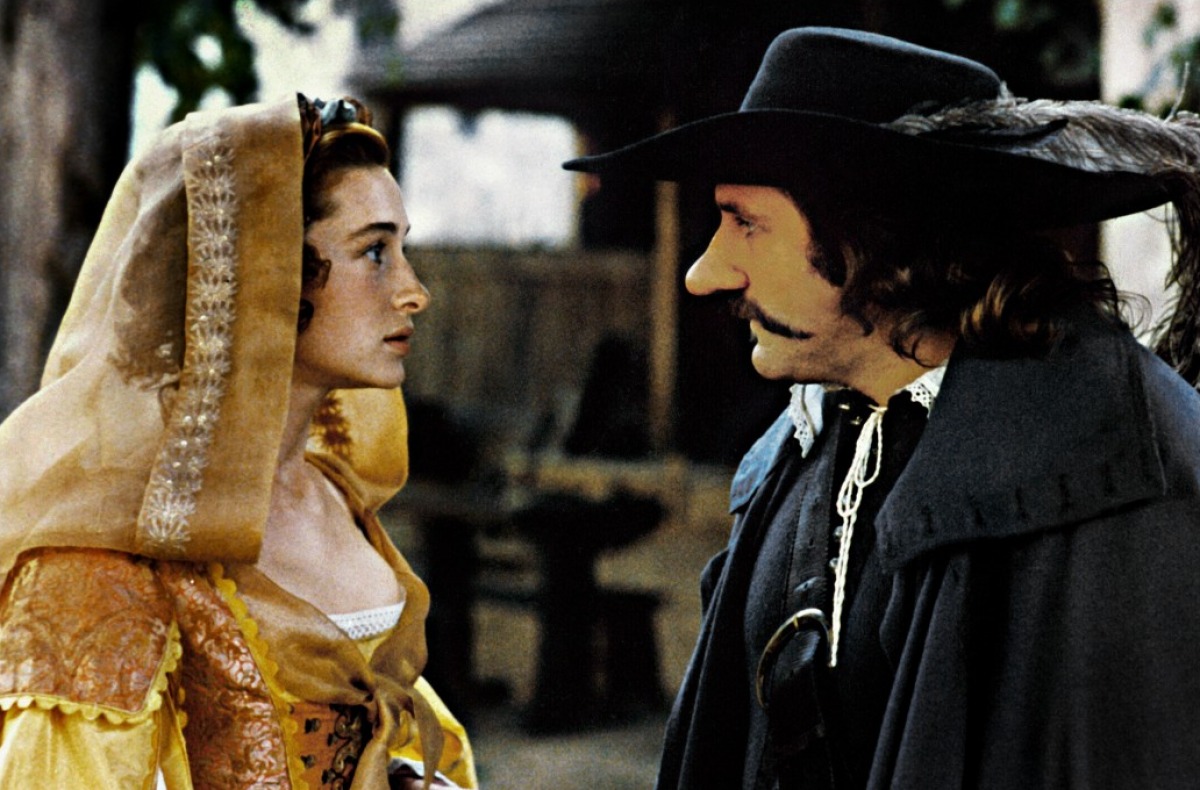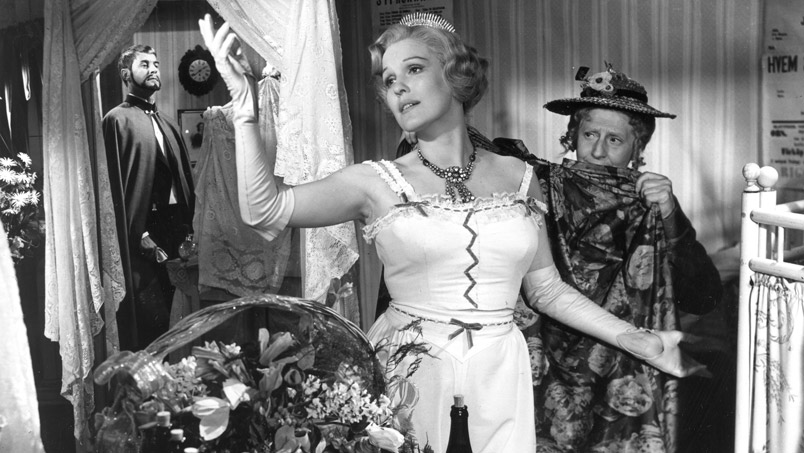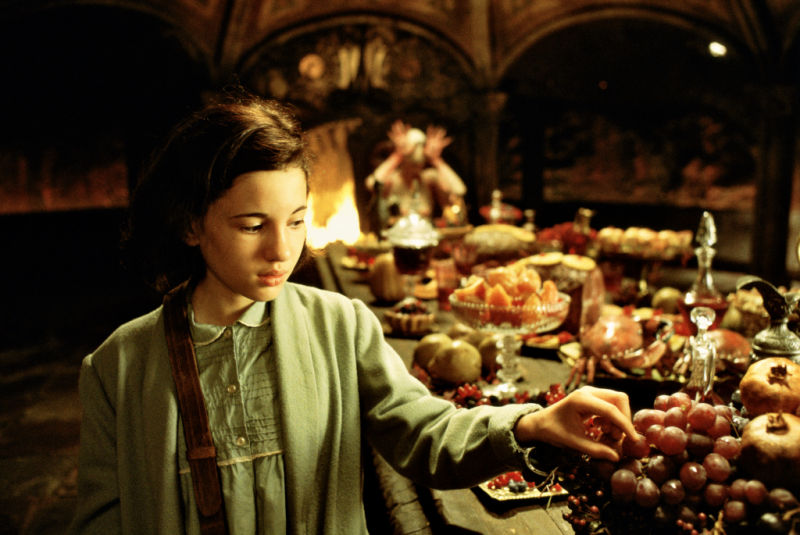6. The Lord of the Rings trilogy (2001 – 2003)

The ambition of the Lord of the Rings Trilogy was great; it involved shooting the whole trilogy and then releasing one each year. The investment in creating the magical world that Tolkien had created was so big that it needed an equally big response from the world.
The films needed to be a commercial success, and they were some of the greatest. This kind of project would normally mean a great restriction of artistic freedom for the director, and constant involvement from the producers (as it has been seen in recent superhero movies), turning the film into a product rather that a work of art.
Instead, Peter Jackson managed keep the film in the hard-to-archive line between art and entertainment. Maybe because of the condition of being able to create three entire films to tell the story, and the pre-recording of the entire trilogy before the release of the second film, he was not pressured by expectations that would mess with the essence of the universe of LOTR.
The film created compelling characters that are slowly coherently develop through the films. Each event is treated with the time and care it requires; this leads to scenes that in other circumstances would be overlooked being treated with extreme care, such as the battle of Helm’s Deep.
7. Goodfellas (1990)

Martin Scorsese is one those directors who has the entire trust of both audiences and critics; he has built himself the reputation of a filmmaker who works with extreme precision and has a clearly defined style.
Developing a very personal point of view regarding reality, he tells stories full of dramatic tension that melt the best of the Classic Narrative Mode and the freedom of independent filmmaking. In “Goodfellas,” Scorsese tells the story of Henry Hill and his journey through the dark world of the mafia, which began since he was young, and builds up to his fall from grace.
In this film (and in his films in general) Scorsese faces the challenge of making an extremely violent and cruel character compelling; he has to get the viewers emotionally invested with their struggles.
Creating the inner world of these characters was an ambitious project that Scorsese tackled with the control he has on film form, as well as the outstanding performances from Robert De Niro, Ray Liotta and Joe Pesci. The film is built in such manner that by the time that we start to care and root for these characters, their world starts to fall apart.
8. Cyrano de Bergerac (1990)

Based on legendary play from Edmond Rostand, displaying the tragic story of the romantic poet Cyrano de Bergerac, Jean Claude Carrière and Jean-Paul Rappeneau adapted a screenplay in 1990 that is one of the greatest adaptations of play to cinema, with great care taken to be faithful to the original play without sacrificing its cinematic potential.
The film stars Gérard Depardieu, Anne Brochet and Vincent Pérez. Depardieu gives one of the most moving performances, with a mercy monologue accompanied by a beautiful soundtrack.
The plot of the original screenplay is in itself a great work of art that perfectly binds together art and entertainment. The character of Cyrano is one of the most compelling in film and literature history, a perfect combination between a romantic and tragic spirit with a kind and honest humanity. The love triangle between the three characters becomes the object of our affection as the film puts it together in a position where we are rooting for each character’s happiness.
9. Smiles of a Summer Night (1955)

Before Ingmar Bergman turned the whole approach of his cinema to an existentialist and pessimistic portrait of the human condition, he made several films focusing on romantic relationships, and one of these films was “Smiles of a Summer Night.”
A film that earned the first award at Cannes for Bergman, and which displayed the expressive use of film form that would make Bergman a world-class director. The film displays several romantic entanglements as it explores the dynamics of love.
The lead is played by the great Gunnar Björnstrand as a middle-aged lawyer married to a 19-year-old girl played by who doesn’t love him. The barrier that exists between the two of them is then entangled by an old romance and a new love. The film builds up a confrontation that is both physical and psychological. The character of Björnstrand must face the several decisions in a moment where we have come to love each of the characters involved in the romantic entanglement.
10. El Laberinto del Fauno (2006)

Written, produced and directed by Mexican filmmaker Guillermo del Toro, “El Laberinto del Fauno” was released as another one of his highly personal and yet highly appealing films. The film was recognized with several awards in Mexico, Great Britain, Spain and the United States.
It is a display of what we would later see in “The Shape of Water,” a profound love story for classic cinema, adapted in a very conscious and contemporary manner. Del Toro’s very personal style and thematic interests are built within an extremely compelling and interesting fable.
The film is an extremely rare combination between crude realism and charming fantasy; it creates a world in which the fascism of Spain at the early 20th century and mythical creatures interact through the lead character Ofelia, a little girl.
Del Toro makes Ofelia face dangers far more powerful than her, making us root for her and get invested in the way she will get out of the hardship. “El Laberinto del Fauno” creates a powerful symbolic relationship between the fairy tale and the state of Spain, while the idea of a monster is subverted, a traditional leitmotiv in the works of del Toro.